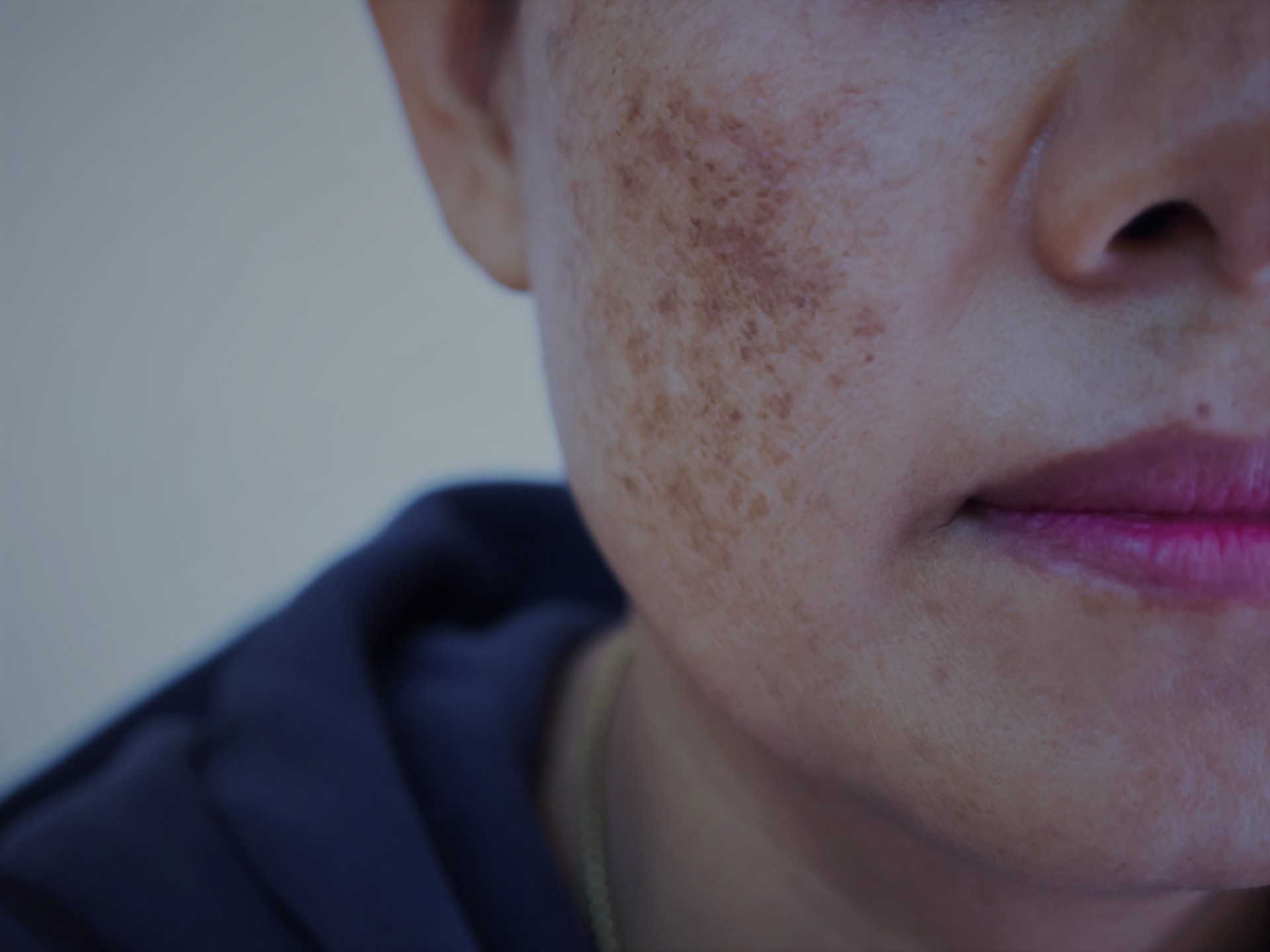Medical Aesthetic
It is a skin disease that causes tone inequalities in the skin, which is usually seen in the forehead and cheek area in light brown color, which we call solar lentigo, which is often caused by the sun as a factor in brown color, which is seen in every part of our body, especially on the face, with spot treatment. Stains can cause processes that will lead to depression both in our social life and in the person. Our country is dominated by a climate with a high number of sunny days living together in 4 seasons, where the Mediterranean climate zone is common. Protecting our skin is a very difficult task due to the presence of lights. The harmful rays of the sun cause cosmetic problems on our skin.
What are the Types of Stains?
- Senile lentigo age spots dark brown
- Cafe au-late lekeleri konjenital
- Solar lentigo sunspots
- Metabolism liver-related spots
- Drug toxicity spots
- Melasma ( Pregnancy ) hormonal spots dark brown
- Birthmarks
- Corrosive stains after drug and toxic chemical exposure
- Stains formed by sclerotherapy after varicose veins treatment
- Methods used in Spot Treatments
In spot treatments, it is primarily important to investigate any systemic disease, especially liver enzyme functions, or a disorder such as androgen insensitivity in the hormone panel. Today, many techniques have been developed, mostly glutathione, melanin-inhibiting factors, glycolide acid derivatives, and different energy-sourced laser technologies at different wavelengths. Sometimes these two methods are used in combination to increase the success rate. Spot treatment is not a one-session treatment. If a decision is made considering the depth and prevalence of the average stain, it is between 4-6 sessions. Due to the nature of the spots, most of them are in the uppermost layer of the skin, in the epidermis layer. With mesotherapy, it is aimed to reach the active substances that will inhibit the synthesis of glutathione and melanin, which will destroy the formation of stains with fine needle tips of 1-3 mm. Today, with the developing technology, q-swich lasers are frequently used. Spot treatment is a very stubborn treatment, even if it is completely removed, it can recur as sun exposure continues, especially people with Fitzpatrick skin type I-II-III should be careful to use sunscreen creams.

